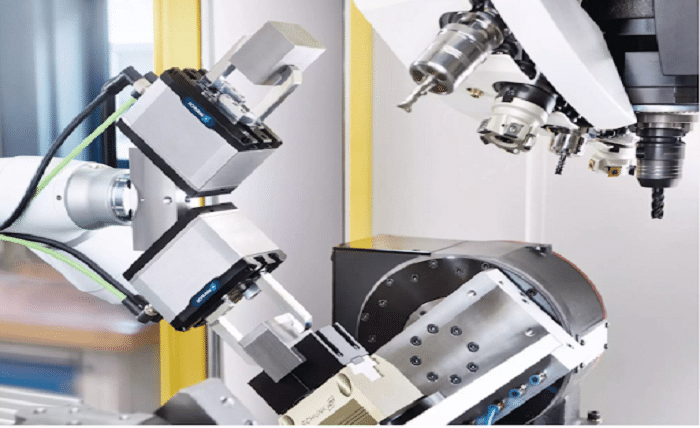Technology Transfer Offices (TTOs) play a crucial role in bridging the gap between academic research and industry applications. Their primary function is to manage the transfer of technology from research institutions to commercial entities, especially in the context of collaborative research. This blog post explores the main functions of a TTO, focusing on how they support and enhance collaborative research efforts.
1. What is a Technology Transfer Office?
A Technology Transfer Office (TTO) is an entity within a research institution or university responsible for managing the commercialization of innovations and intellectual property (IP) generated by researchers. Understanding what a TTO is helps in appreciating its pivotal role in fostering collaboration between academia and industry.
2. Facilitating Collaborative Research Partnerships
One of the main functions of a TTO is to facilitate collaborative research partnerships between academia and industry. This involves identifying potential partners, negotiating terms, and ensuring that both parties benefit from the collaboration. TTOs act as intermediaries to streamline these partnerships.
3. Managing Intellectual Property
A critical function of TTOs in collaborative research is managing intellectual property (IP). This includes identifying, protecting, and commercializing IP assets. TTOs ensure that patents, copyrights, and trademarks are properly filed and maintained, safeguarding the interests of both the research institution and its industry partners.
4. Licensing and Commercialization
TTOs are responsible for licensing technologies to commercial entities. This involves negotiating license agreements, setting terms, and ensuring compliance. The goal is to bring academic innovations to market, benefiting society and generating revenue for the research institution. Licensing and commercialization are key activities that highlight the economic impact of TTOs.
5. Ensuring Compliance and Managing Contracts
Compliance with legal and regulatory requirements is essential in collaborative research. TTOs ensure that all research activities comply with relevant laws and institutional policies. They also manage contracts, including research agreements, non-disclosure agreements, and material transfer agreements, ensuring that all parties adhere to the agreed terms.
6. Providing Support and Resources to Researchers
TTOs provide invaluable support and resources to researchers engaged in collaborative projects. This includes guidance on patent applications, market analysis, and funding opportunities. By offering these resources, TTOs empower researchers to focus on innovation and discovery.
7. Driving Innovation and Economic Development
By facilitating the transfer of technology from academia to industry, TTOs drive innovation and economic development. They help turn research findings into practical applications, creating new products, services, and startups. This function underscores the broader societal impact of TTOs in fostering economic growth.
8. Building and Maintaining Industry Relationships
TTOs play a critical role in building and maintaining relationships with industry partners. This involves continuous engagement, understanding industry needs, and aligning research capabilities with market demands. Strong industry relationships are vital for successful technology transfer and collaboration.
9. Training and Education
Educating researchers about the technology transfer process and intellectual property management is another important function of TTOs. They offer training programs, workshops, and seminars to enhance researchers’ understanding of commercialization and collaboration. Education initiatives help create a culture of innovation and entrepreneurship within research institutions.
10. Measuring Impact and Success
Finally, TTOs are responsible for measuring the impact and success of their activities. This includes tracking the number of patents filed, licenses granted, startups formed, and revenue generated. By measuring these metrics, TTOs can assess their effectiveness and identify areas for improvement.
Conclusion
The main function of a Technology Transfer Office in collaborative research is to facilitate the transfer of technology and innovations from research institutions to industry. TTOs manage intellectual property, negotiate licenses, ensure compliance, and provide support to researchers. By doing so, they bridge the gap between academia and industry, driving innovation and economic development. Understanding the role of TTOs is essential for appreciating their contribution to the research ecosystem and their impact on society.
FAQ
1. What is the primary role of a Technology Transfer Office?
The primary role of a TTO is to manage the transfer of technology and intellectual property from research institutions to industry, facilitating commercialization and collaborative research partnerships.
2. How do TTOs support researchers in collaborative projects?
TTOs support researchers by providing resources such as guidance on patent applications, market analysis, and funding opportunities, as well as managing contracts and ensuring compliance.
3. Why is managing intellectual property important in collaborative research?
Managing intellectual property is crucial to protect the rights of researchers and institutions, enabling the commercialization of innovations and ensuring that both parties benefit from collaborative research efforts.
4. What are some common functions of TTOs in the context of industry partnerships?
Common functions of TTOs include facilitating partnerships, negotiating license agreements, managing contracts, ensuring compliance, and building industry relationships.
5. How do TTOs measure their impact and success?
TTOs measure their impact and success by tracking metrics such as the number of patents filed, licenses granted, startups formed, and revenue generated, assessing their effectiveness in driving innovation and economic development.





